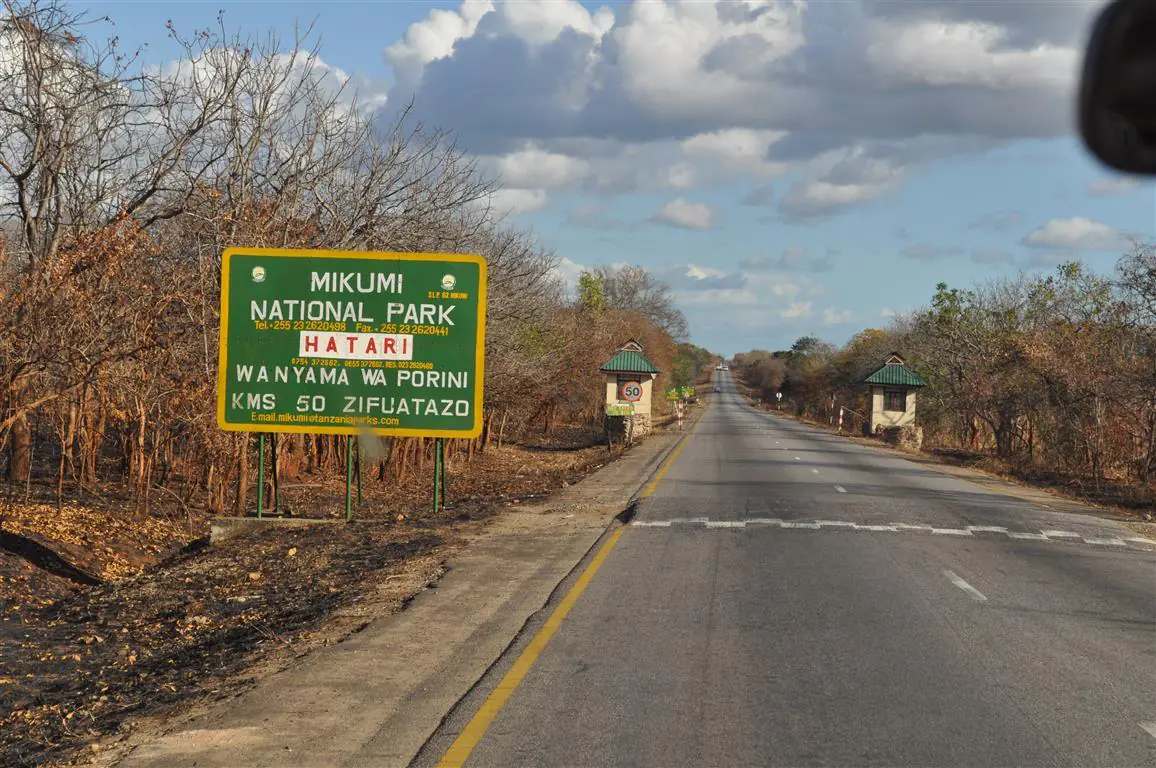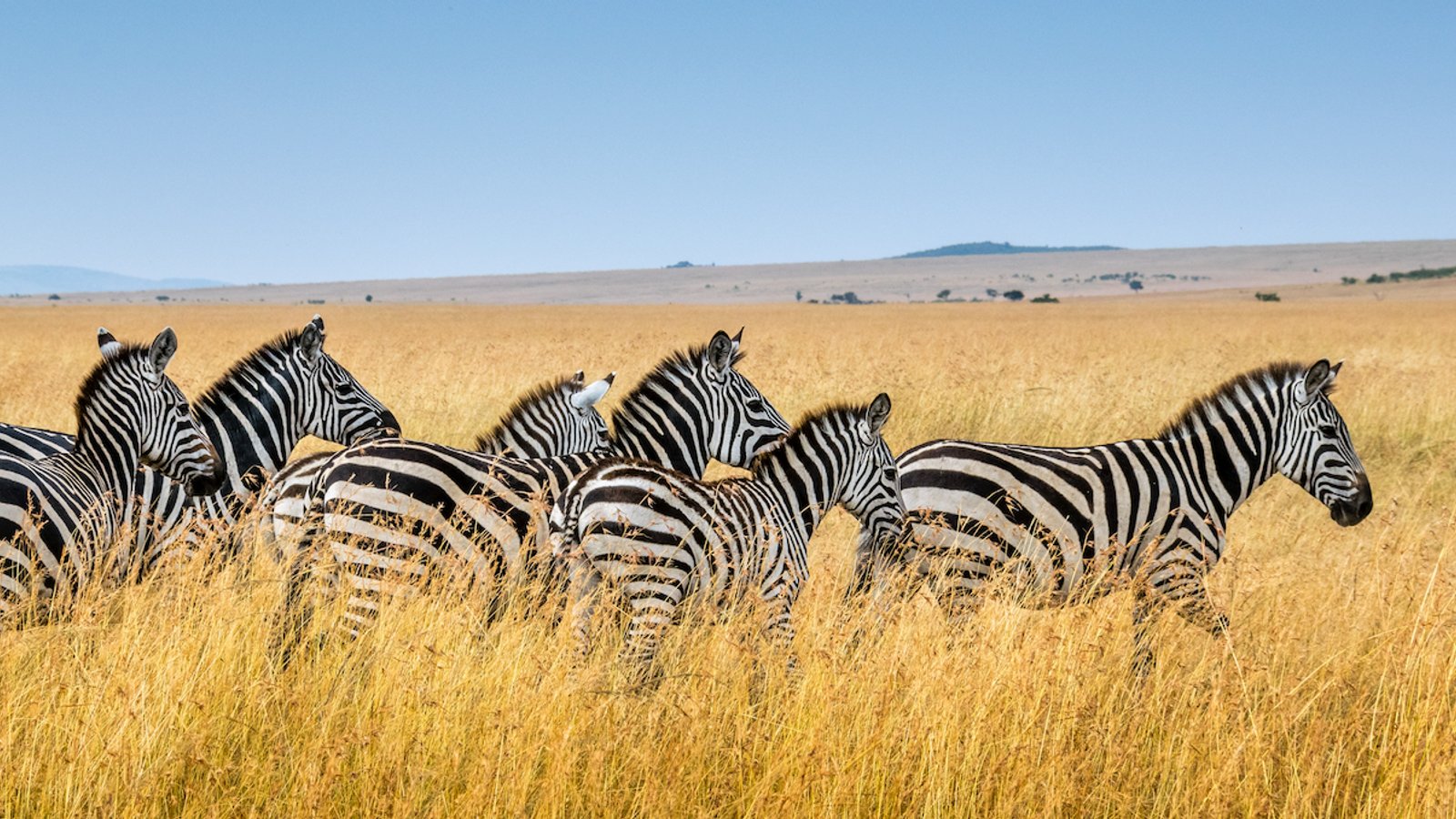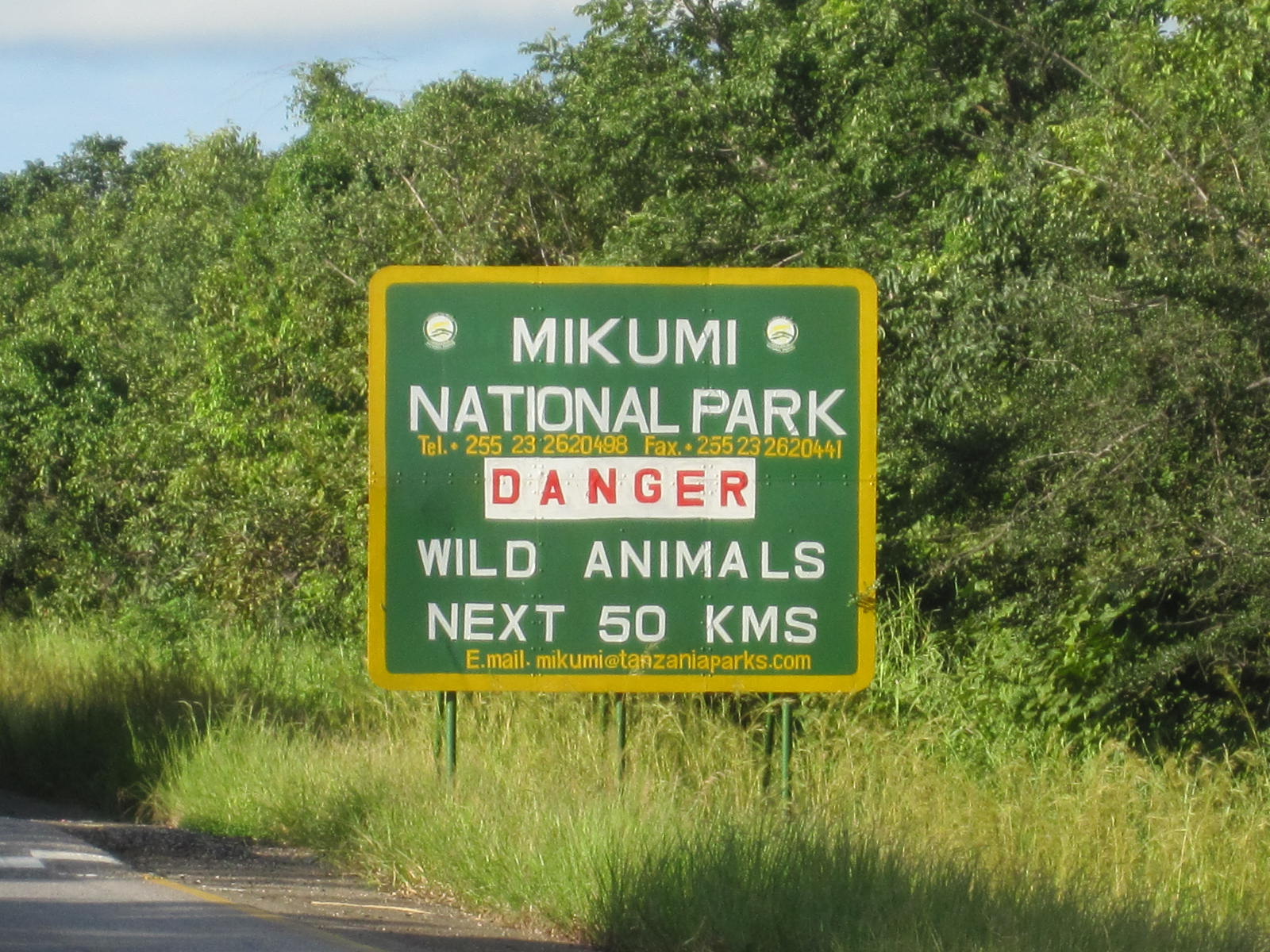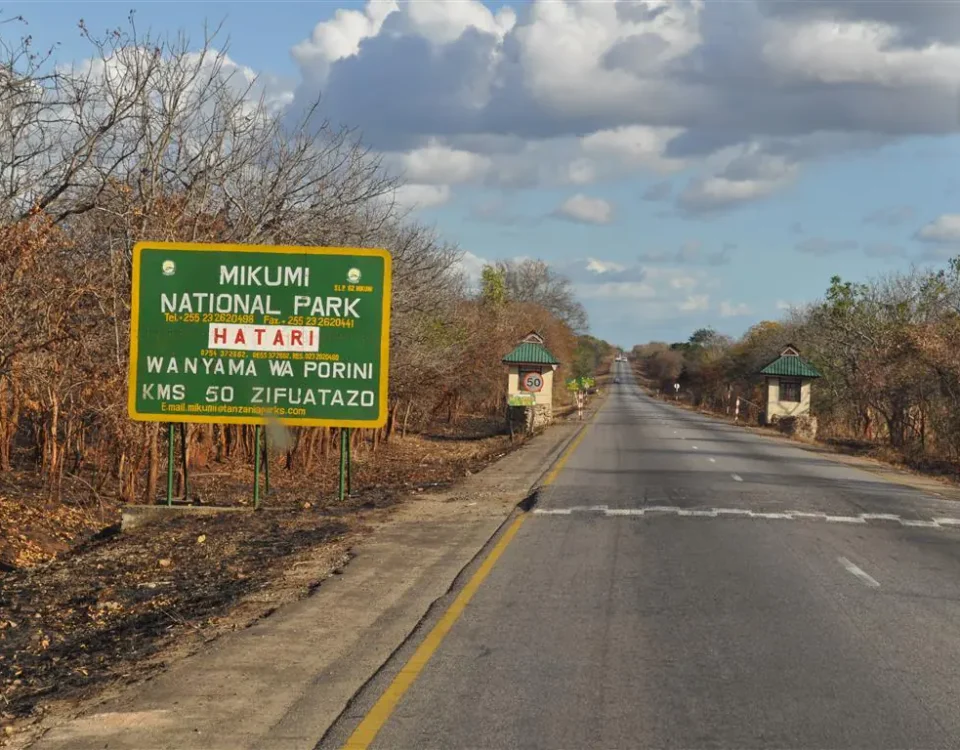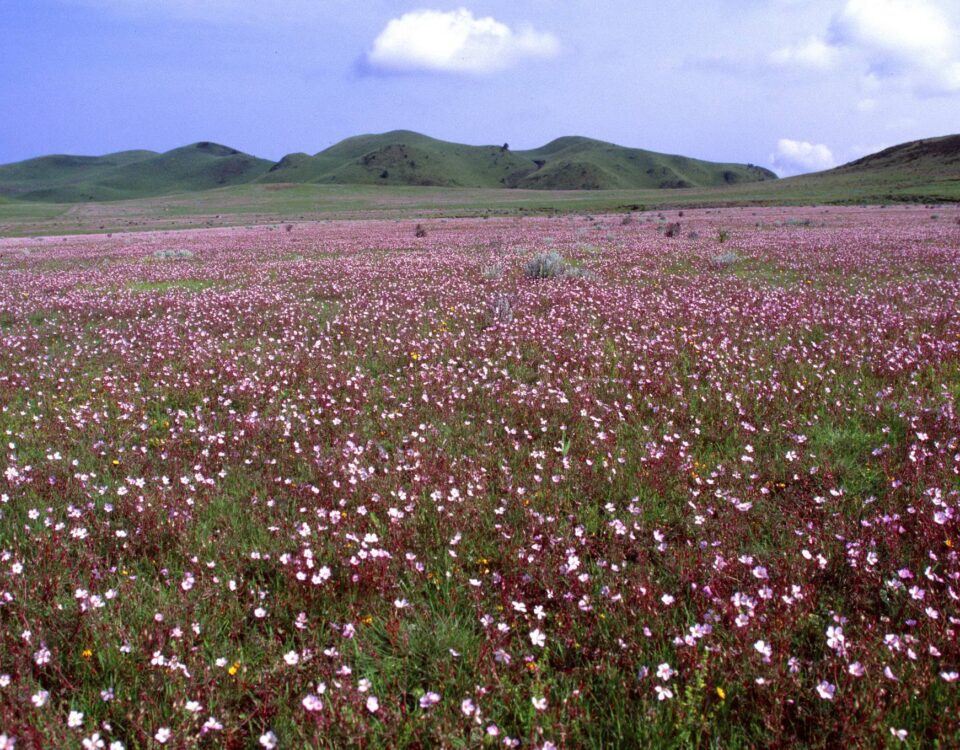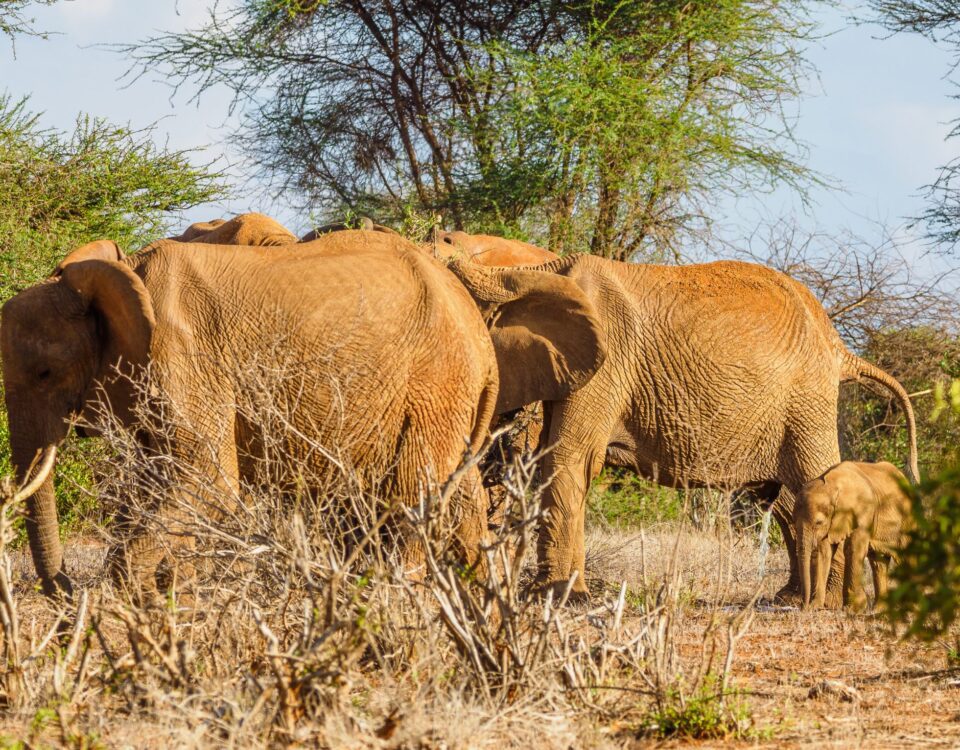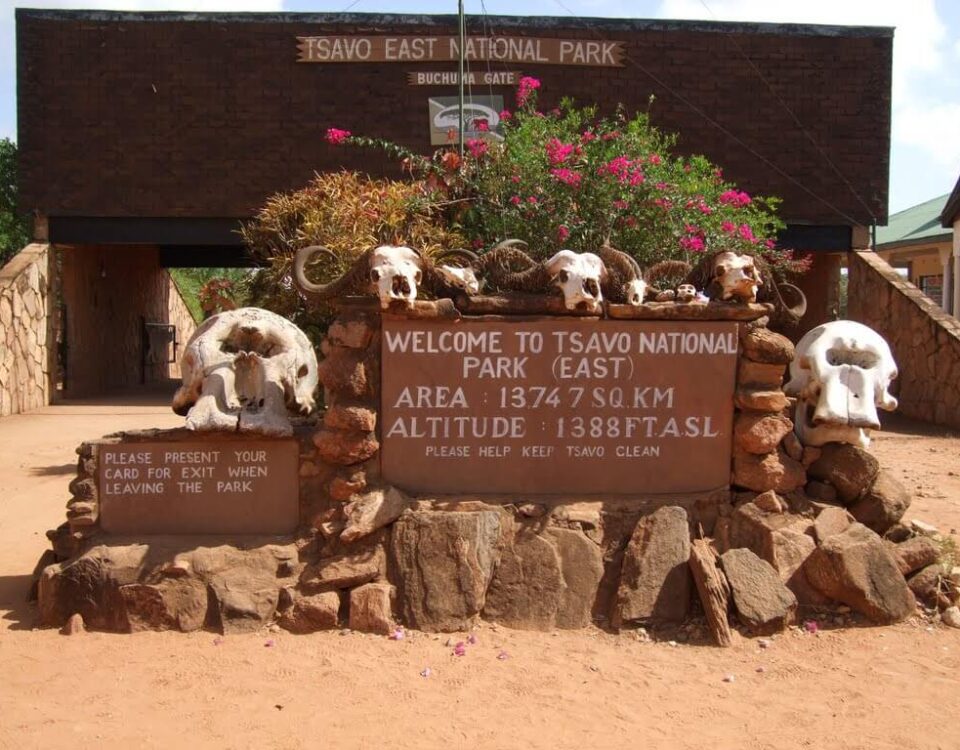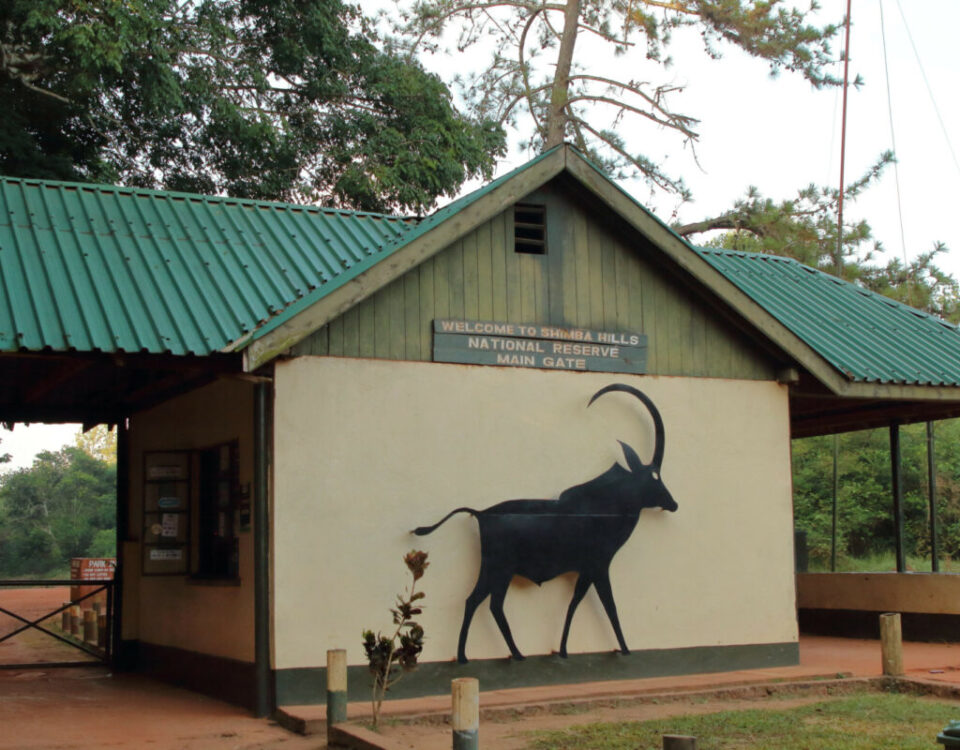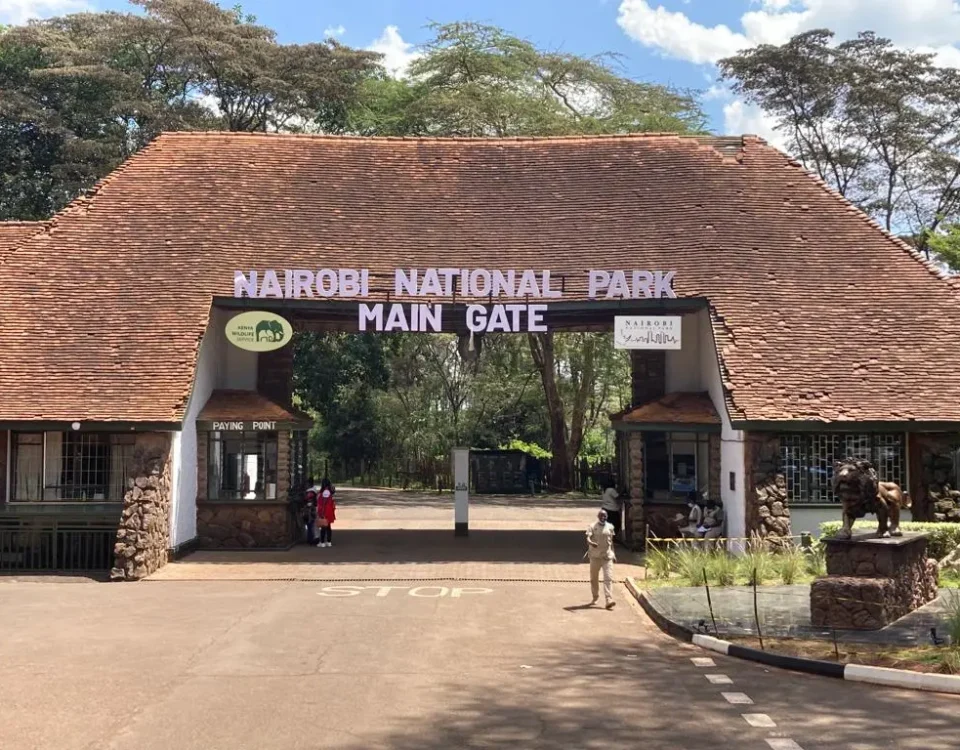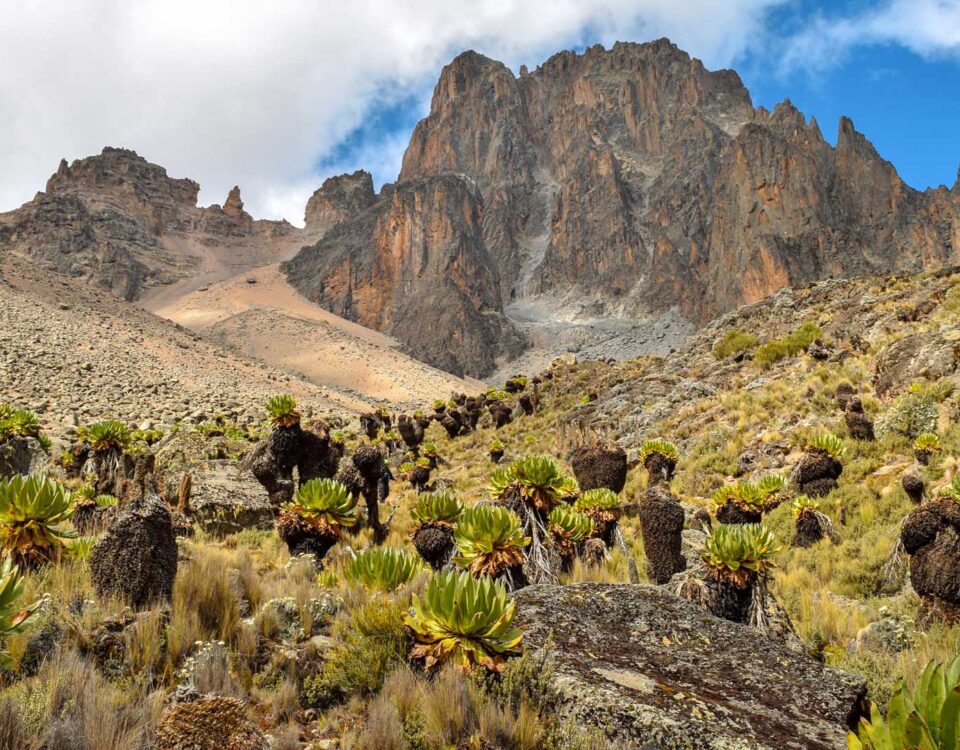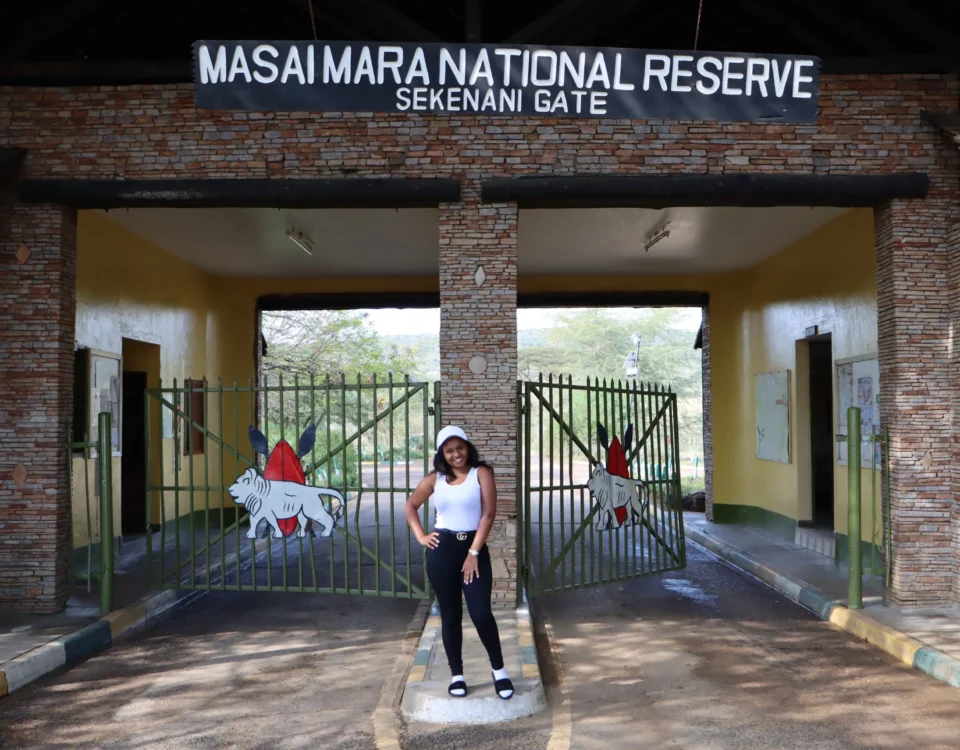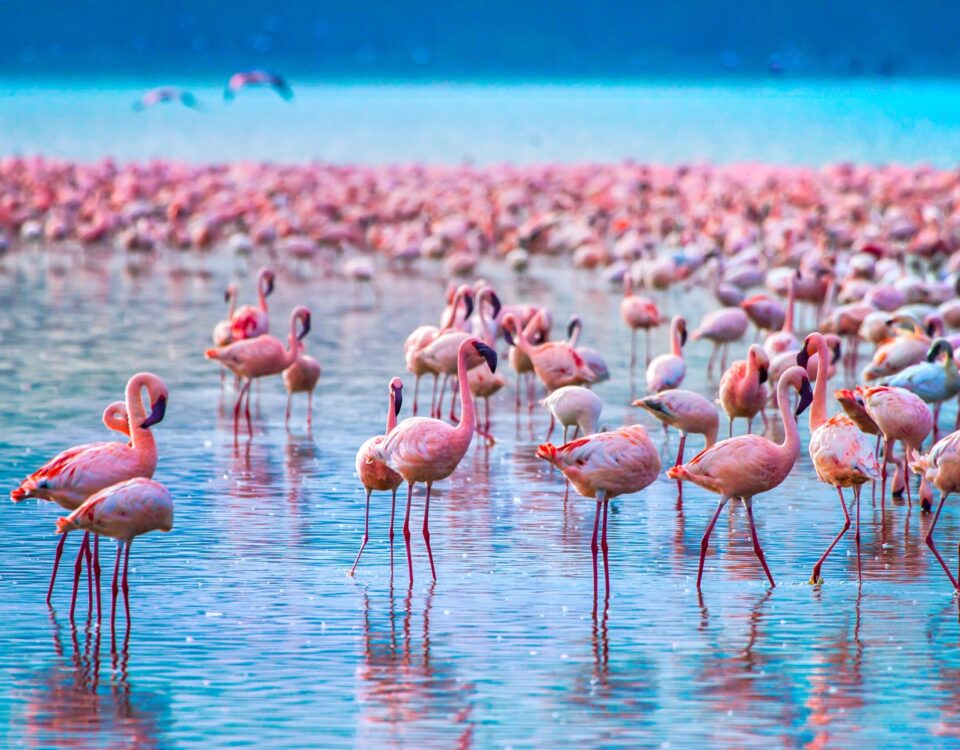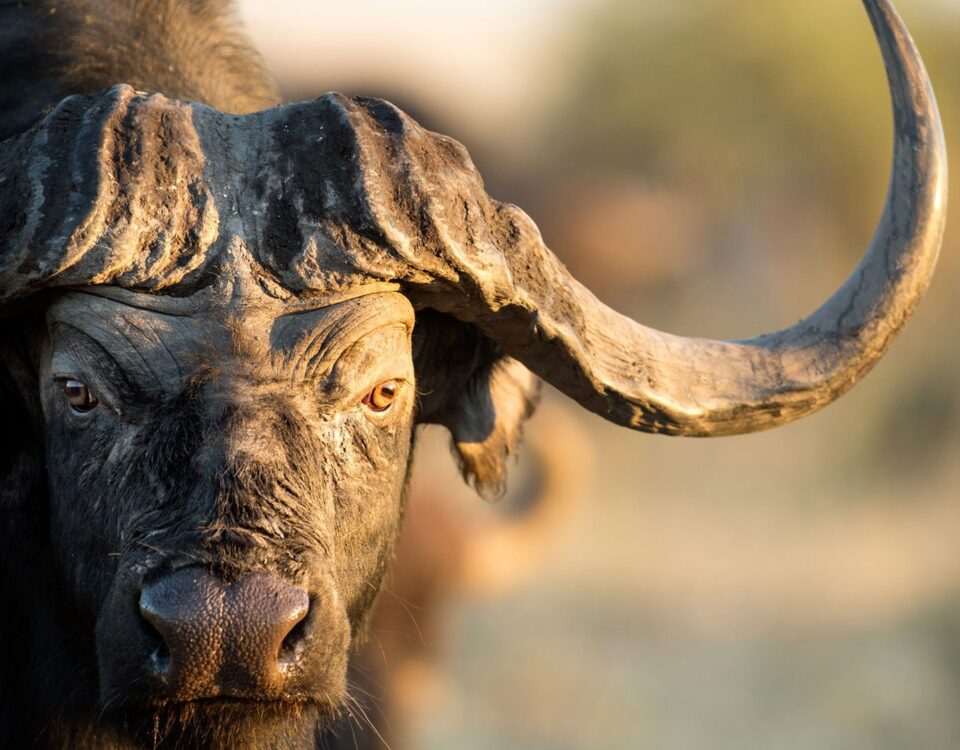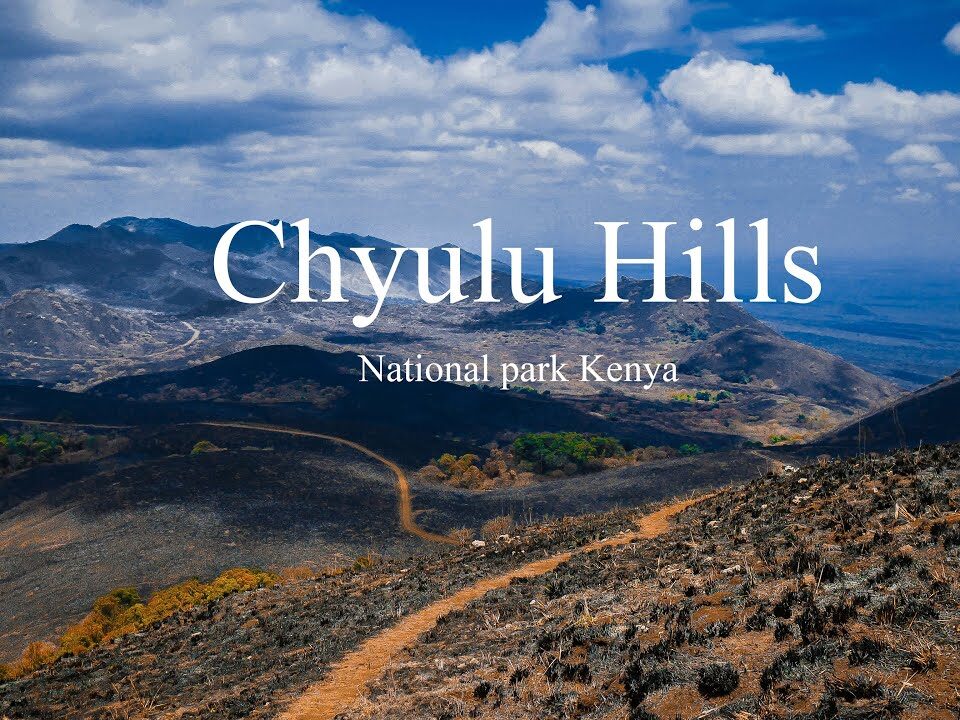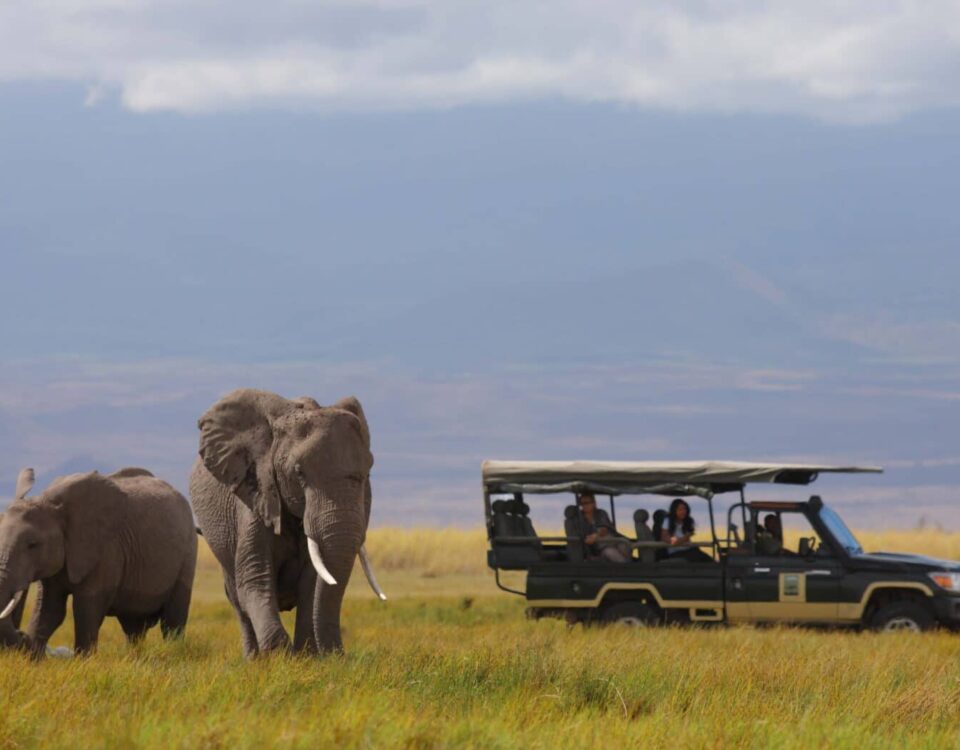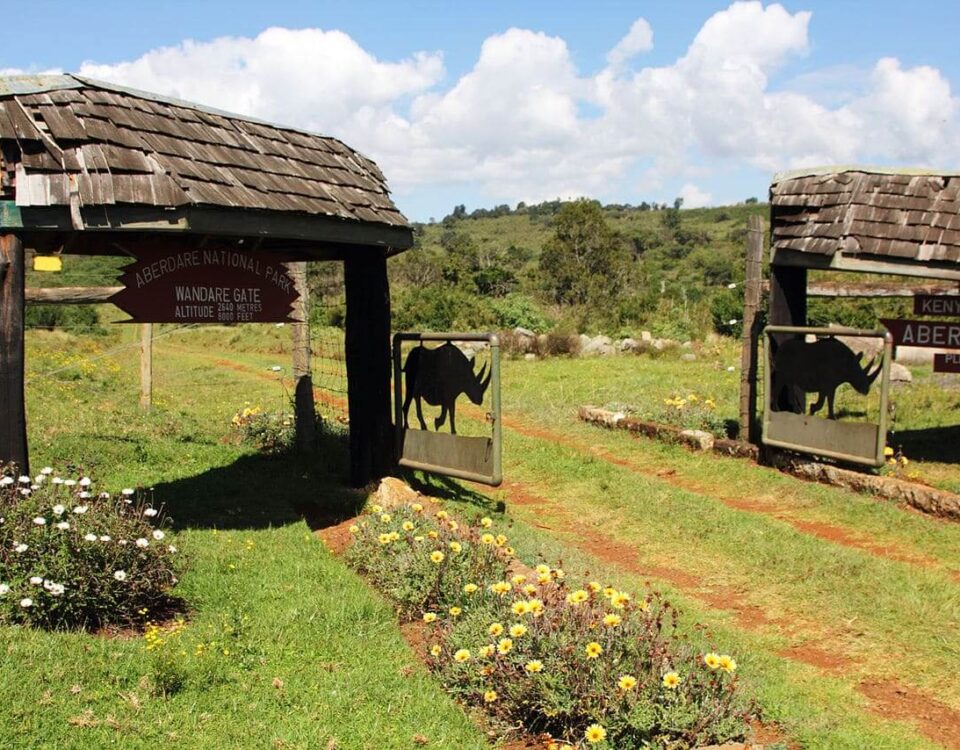Mikumi National Park: Tanzania Wildlife Safari Experience
Mikumi National Park, located in southeastern Tanzania, is one of the country’s most accessible and rewarding wildlife destinations. Established in 1964, Mikumi covers an area of approximately 3,230 square kilometers and is part of the larger Selous-Mikumi ecosystem. Its diverse landscapes, ranging from open savannas and rolling hills to lush riverine forests, provide a sanctuary for a variety of wildlife and bird species. Mikumi’s proximity to Dar es Salaam, just about 300 kilometers away, makes it a convenient choice for travelers seeking an immersive safari experience without venturing too far from urban centers.
The Unique Ecosystem of Mikumi
Mikumi National Park’s ecosystem is characterized by its rich variety of habitats, including miombo woodlands, open grasslands, and riverine forests. The park’s diverse environments support a wide range of flora and fauna, creating a dynamic landscape that changes with the seasons. The Mkata Floodplain, one of the park’s most notable features, is a vast expanse of grassland that becomes a hub of wildlife activity, especially during the dry season. This floodplain, coupled with the park’s numerous water sources, plays a crucial role in sustaining the area’s wildlife and enhancing the safari experience.
Wildlife Encounters: Big Game and More
Mikumi National Park is renowned for its impressive wildlife populations, including the iconic Big Five: elephants, lions, leopards, buffaloes, and rhinoceroses. While the park does not boast the same rhino populations as some other Tanzanian parks, it offers excellent opportunities to see the other members of the Big Five. Elephants are particularly abundant, and their large herds are often seen roaming the open plains. Lions are also frequently spotted, especially in the Mkata Floodplain, where they can be seen hunting and resting.
In addition to the Big Five, Mikumi is home to a variety of other wildlife species, including giraffes, zebras, wildebeests, and antelopes such as impalas and elands. The park’s diverse habitats also support populations of hippos, crocodiles, and various smaller mammals. This variety ensures that visitors experience a rich tapestry of wildlife encounters during their safari.
Bird Watching in Mikumi
Mikumi National Park is a bird watcher’s paradise, with over 400 bird species recorded within its boundaries. The park’s diverse habitats provide ideal conditions for both resident and migratory birds. Notable species include the majestic fish eagle, the vibrant lilac-breasted roller, and the rare and elusive Secretary bird. The wetlands and riverine areas are particularly good for spotting water birds such as herons, egrets, and kingfishers. Bird watching in Mikumi offers a rewarding experience for both amateur and professional ornithologists, with opportunities to observe and photograph a wide range of avian life.
Game Drives and Safari Adventures
Game drives are the primary means of exploring Mikumi National Park, allowing visitors to traverse its diverse landscapes and observe wildlife in their natural habitats. The park’s road network provides access to key areas, including the Mkata Floodplain, which is known for its high concentrations of game. Guided safari vehicles are equipped to handle the park’s terrain, ensuring a comfortable and immersive experience. The park’s relatively low visitor numbers compared to other Tanzanian parks result in a more intimate safari experience, with fewer crowds and more opportunities for uninterrupted wildlife viewing.
In addition to traditional game drives, Mikumi offers walking safaris for those seeking a closer connection to nature. Led by experienced guides, these walking safaris provide a unique perspective on the park’s flora and smaller fauna, as well as insights into animal tracks and other signs of wildlife activity. Walking safaris enhance the safari experience by allowing visitors to engage with the environment in a more personal and educational way.
Comparative Adventure Experiences in Iconic National Parks
Mikumi National Park is part of Tanzania’s renowned network of national parks, each offering distinct safari experiences. Exploring other iconic parks can complement a visit to Mikumi, providing a comprehensive and varied adventure.
- Serengeti National Park: Famous for the Great Migration, where millions of wildebeest and zebras traverse the plains in search of fresh grazing lands. Serengeti offers exceptional game drives and the option of hot air balloon safaris, providing a unique aerial view of the park’s vast landscapes and wildlife.
- Ngorongoro Crater: An ancient volcanic caldera that serves as a wildlife haven with high concentrations of species such as black rhinoceroses, lions, and elephants. The crater’s enclosed environment provides impressive wildlife sightings and stunning views of the crater floor.
- Tarangire National Park: Known for its large elephant herds and distinctive baobab trees, Tarangire offers unique game viewing experiences, particularly during the dry season when wildlife congregates around the Tarangire River.
- Ruaha National Park: A remote and expansive park with significant populations of elephants and lions, as well as a diverse range of other wildlife. Ruaha’s diverse landscapes and low visitor numbers provide an off-the-beaten-path safari experience.
- Lake Manyara National Park: Renowned for its tree-climbing lions and diverse bird species, including flamingos and pelicans. The park’s varied habitats offer a different safari experience with opportunities for both wildlife viewing and scenic beauty.
Conservation Efforts and Challenges
Conservation is a key focus in Mikumi National Park, with efforts aimed at preserving its unique ecosystems and wildlife. The park faces challenges such as poaching, habitat degradation, and human-wildlife conflict. Conservation initiatives include anti-poaching measures, wildlife monitoring, and community outreach programs. Sustainable tourism practices are encouraged, with a focus on minimizing environmental impact and supporting local conservation efforts. Visitors play a crucial role in these efforts by adhering to park regulations, supporting eco-friendly lodges, and participating in conservation activities.
Cultural Encounters and Community Engagement
Mikumi National Park is located near several local communities, including the Luguru, Ndamba, and Matengo people. Cultural tours offer visitors the opportunity to learn about these communities’ traditional lifestyles, customs, and practices. Engaging with local residents provides insights into their agricultural practices, crafts, and social customs. Cultural experiences enhance the safari adventure by adding a cultural dimension and fostering positive relationships between visitors and local communities. These interactions contribute to the overall safari experience and support community-based tourism initiatives.
Accommodation Options and Safari Logistics
Mikumi National Park offers a range of accommodation options to suit different preferences and budgets. From luxury lodges with panoramic views of the park’s landscapes to more affordable campsites, visitors can choose from various lodging styles. Many lodges and camps provide all-inclusive packages that include guided game drives, meals, and other amenities. It is advisable to book accommodations in advance, especially during peak travel seasons, to ensure availability and secure the best options for your safari experience.
For a seamless safari experience, visitors should plan their logistics carefully. The park is accessible by road from Dar es Salaam, which is approximately a 4-5 hour drive away. There are also small airstrips near the park for those preferring to fly in. When preparing for a visit, it is essential to bring appropriate clothing, including lightweight, neutral-colored garments for daytime safaris and warmer layers for cooler evenings. Essential items include binoculars, a camera with a zoom lens, sun protection, and insect repellent.
Wildlife Photography Tips
Wildlife photography is a popular activity in Mikumi National Park, and capturing the park’s diverse landscapes and animals requires specific techniques and equipment. To photograph the park’s wildlife effectively, consider using a camera with a high zoom lens to capture detailed shots of animals from a distance without disturbing them. Early morning and late afternoon are the best times for wildlife photography, as the lighting is softer and the animals are more active. Patience and respect for wildlife are crucial, as they contribute to successful and ethical photography.
The Best Time to Visit Mikumi
The optimal time to visit Mikumi National Park depends on what you wish to experience. The dry season, from June to October, is ideal for wildlife viewing, as animals congregate around water sources and game drives are more productive. During this period, the weather is generally clear, and wildlife sightings are at their peak. The wet season, from November to May, brings lush vegetation and vibrant birdlife, making it a great time for bird watching and enjoying the park’s scenic beauty. The wet season also offers fewer crowds and lower accommodation rates, providing a more tranquil safari experience.
Conclusion
Mikumi National Park stands out as a hidden gem within Tanzania’s network of national parks, offering a unique blend of wildlife encounters, diverse landscapes, and cultural experiences. From its impressive populations of big game to its rich birdlife and scenic beauty, the park provides a rewarding safari adventure that rivals other iconic destinations. Its accessibility, combined with its varied wildlife and landscapes, makes Mikumi an excellent choice for travelers seeking an authentic and immersive safari experience. For those looking to explore Tanzania’s natural wonders, Mikumi National Park remains a premier destination, delivering unforgettable moments and a deep connection to Africa’s wild beauty.
- All
- Africa Safaris
- Botswana Safari Destinations
- Botswana Safaris
- Burundi Safari Destinations
- Burundi Safaris
- Bwindi Gorilla Trekking Safari
- DR Congo Safaris
- Kenya Safari Destinations
- Kenya Safaris
- Namibia Safari Destinations
- Namibia Safaris
- Rwanda Safari Destinations
- Rwanda Safaris
- Seychelles Safaris
- South Africa Safari Destinations
- South Africa Safaris
- Tanzania Safari Destinations
- Tanzania Safaris
- Uganda Gorilla Trekking
- Uganda Safari Destinations
- Uganda Safaris
- Zambia Safaris
- Zanzibar Safaris

